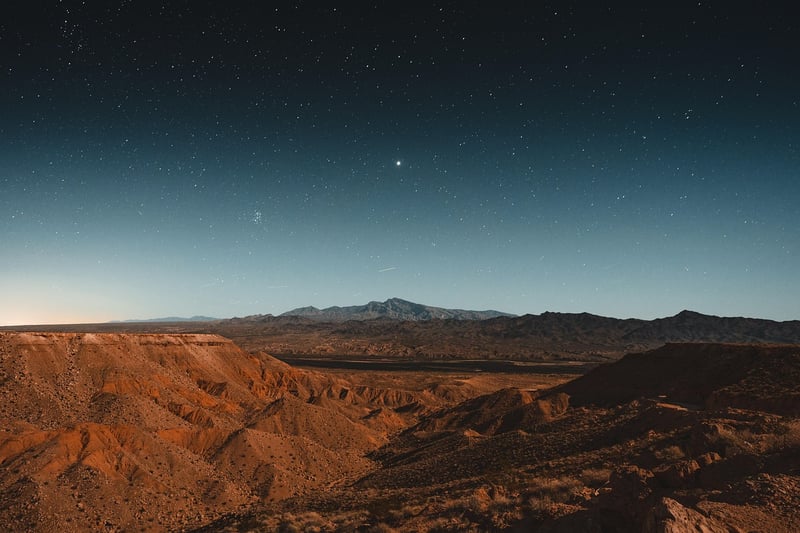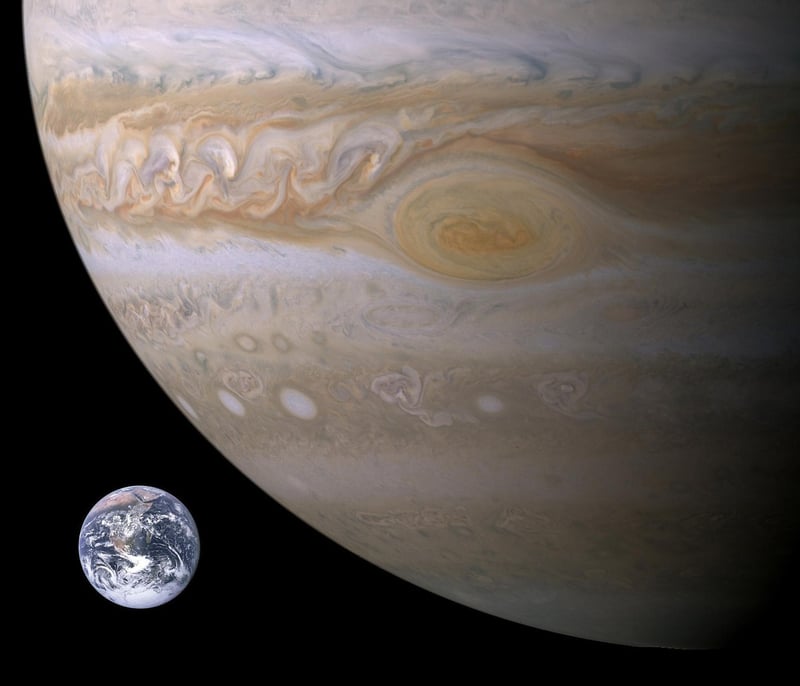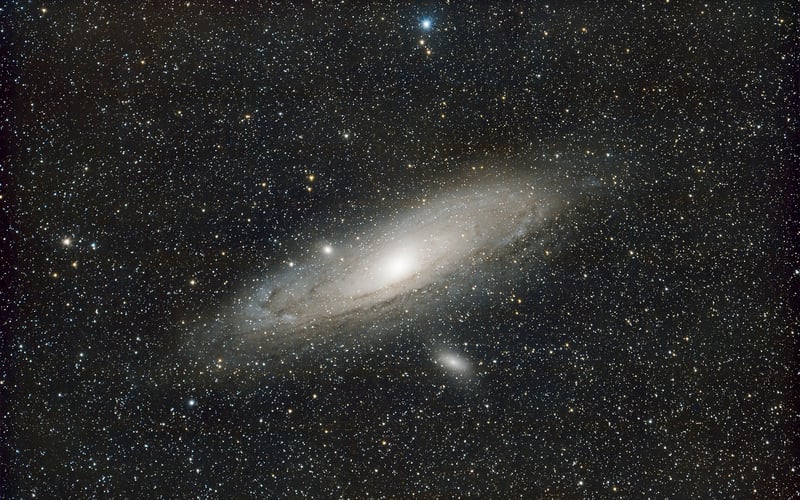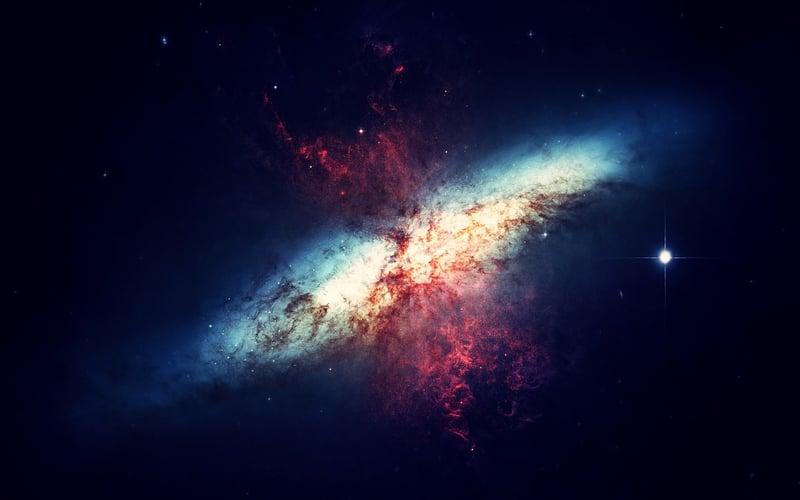Planetary Data
Explore Cosmic Destinations and Planetary Data
Introduction
Welcome to the ultimate guide on cosmic destinations and planetary data! Whether you're a space enthusiast, a student, or just curious about the vast universe, this article will take you on an exciting journey through our solar system and beyond.
Our Solar System
Let's start our exploration with our very own solar system, which consists of the Sun, eight planets, moons, asteroids, and comets. Here are some fascinating facts about each planet:
Mars
Mars, also known as the Red Planet, is the fourth planet from the Sun. It is home to the largest volcano in the solar system, Olympus Mons, and the deepest canyon, Valles Marineris.

Jupiter
Jupiter is the largest planet in our solar system and is known for its Great Red Spot, a massive storm that has been raging for centuries. It has more than 70 moons, including the four largest known as the Galilean moons.

Beyond Our Solar System
As we look beyond our solar system, we discover exoplanets, black holes, nebulae, and other fascinating cosmic phenomena. Here are some cosmic destinations you might find intriguing:
Andromeda Galaxy
The Andromeda Galaxy is the nearest spiral galaxy to our Milky Way and is expected to collide with our galaxy in about 4.5 billion years. It contains over a trillion stars and is a popular target for astronomers.

Black Holes
Black holes are regions in space where gravity is so strong that nothing, not even light, can escape. They are formed when massive stars collapse at the end of their life cycle. Studying black holes helps us understand the nature of spacetime.

Conclusion
Exploring cosmic destinations and planetary data opens up a world of wonder and discovery. Whether you're gazing at the Red Planet through a telescope or pondering the mysteries of black holes, the universe never fails to amaze us with its beauty and complexity.
So, embark on your cosmic journey, and let the stars be your guide!
